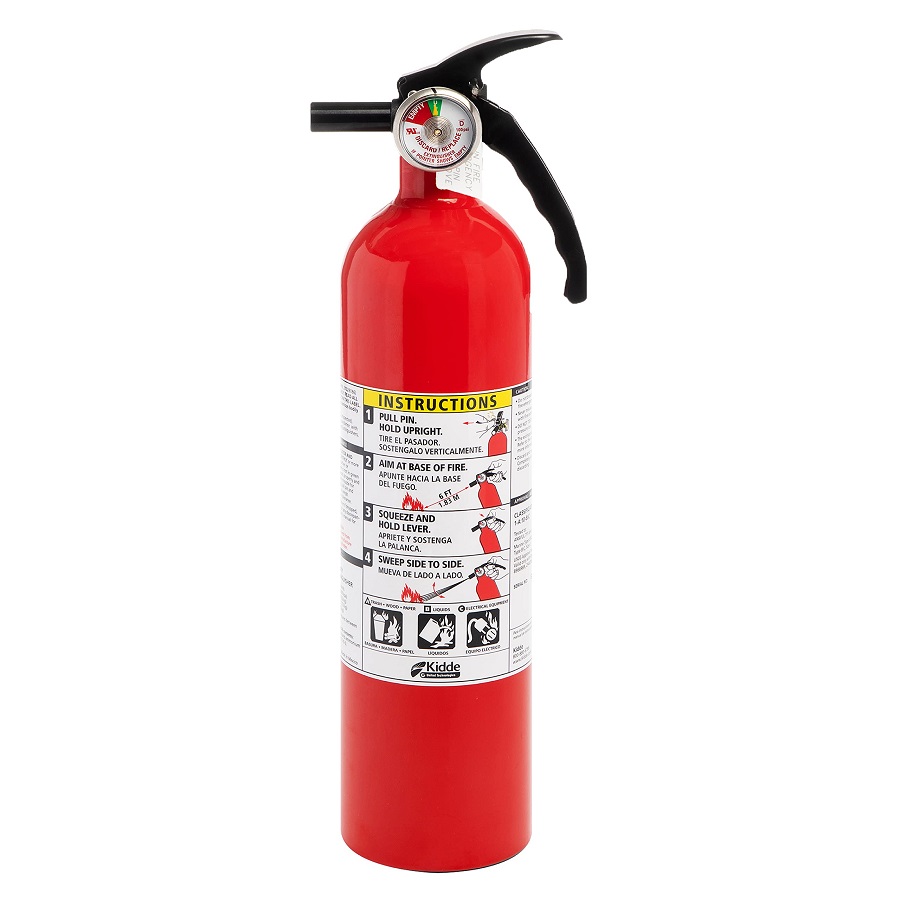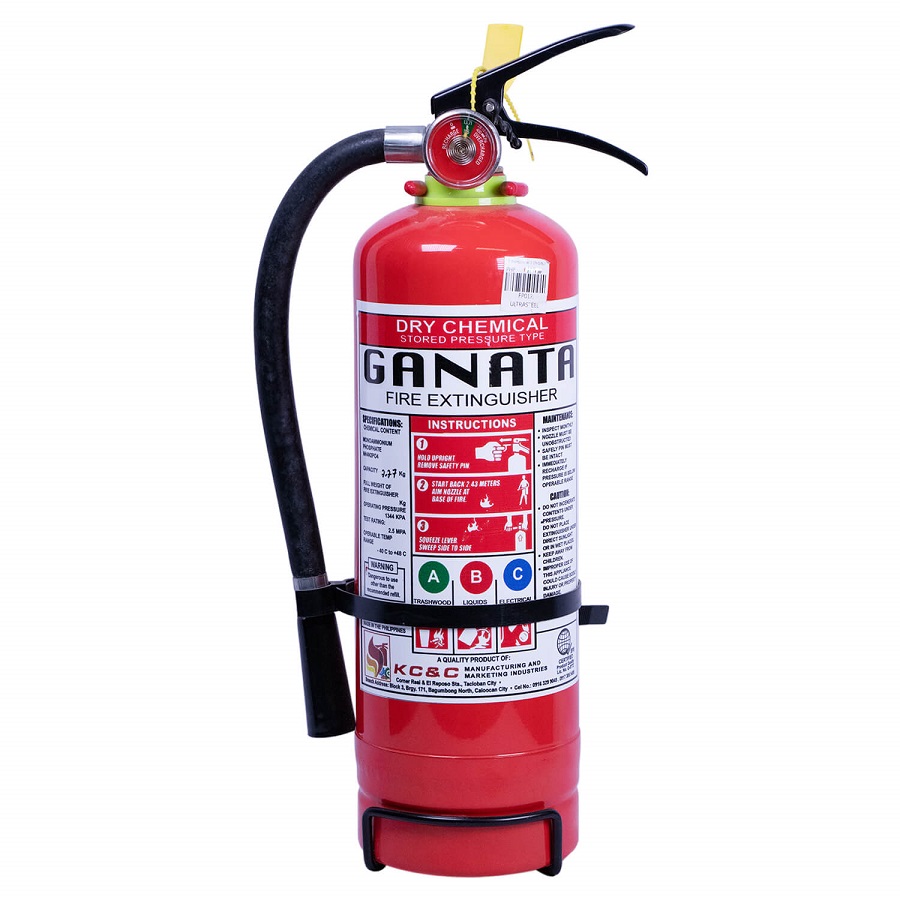Introduction to Fire Extinguisher Mounting
When it comes to fire safety, the placement and accessibility of fire extinguishers are critical. Fire extinguishers are essential tools designed to help mitigate small fires before they escalate. However, their effectiveness is heavily influenced by their mounting height and accessibility. Understanding the guidelines for fire extinguisher mounting height is crucial for ensuring that these life-saving devices can be quickly and easily accessed in emergencies. This article delves into the best practices for mounting fire extinguishers, highlighting the importance of compliance with relevant regulations and the implications for safety.
Importance of Proper Mounting Height
Understanding Accessibility
Accessibility is one of the most significant factors when considering fire extinguisher mounting height. According to the National Fire Protection Association (NFPA) guidelines, fire extinguishers must be mounted at a height that is within easy reach of all potential users. This means that they should be accessible to individuals of varying heights, including children and those with disabilities.
The mounting height is crucial; if a fire extinguisher is too high, individuals may struggle to reach it, especially during a panic situation. Conversely, if it is mounted too low, it might be at risk of being obstructed by furniture or other items. Therefore, achieving the right balance in height can significantly affect the extinguisher’s effectiveness in an emergency.
Compliance with Regulations
Regulatory bodies such as the NFPA provide specific guidelines regarding the mounting height of fire extinguishers. According to NFPA 10, the standard for portable fire extinguishers, the top of the extinguisher should not exceed 5 feet (1.5 meters) in height for extinguishers weighing less than 40 pounds. For heavier extinguishers, the maximum height is reduced, ensuring they remain accessible.
Failing to comply with these regulations can lead to legal consequences and, more importantly, increased risk during a fire emergency. Organizations must familiarize themselves with local codes and standards to ensure they meet the necessary requirements for fire extinguisher mounting.

Recommended Mounting Heights
General Guidelines for Mounting
The recommended mounting height for fire extinguishers varies based on the type and weight of the extinguisher. For extinguishers weighing less than 40 pounds, the general guideline is to mount them so that the top of the extinguisher is no more than 5 feet above the floor. This height allows most individuals to access the extinguisher without assistance, even in stressful situations.
For extinguishers that weigh more than 40 pounds, the mounting height should be lower, typically not exceeding 3.5 feet (1.1 meters). This ensures that even individuals who may struggle with lifting heavy objects can reach the extinguisher and use it effectively. These recommendations are designed to promote safety and effectiveness, ensuring that extinguishers can be accessed quickly when needed.
Considerations for Specific Environments
Different environments may require specific considerations when determining mounting height. For example, in industrial settings, where workers may be wearing protective gear or may have limited mobility, it’s essential to evaluate the most appropriate height for easy access. Similarly, in public spaces such as schools or hospitals, mounting heights should consider the average height of users, including children and individuals with disabilities.
In areas where children are present, such as daycare centers or schools, it’s advisable to install extinguishers at a height that allows adult supervision while remaining out of reach of young children. Conducting a risk assessment of the specific environment can help determine the best mounting height to enhance safety for all individuals present.
Visual Indicators and Signage
Importance of Clear Signage
While proper mounting height is vital, it’s equally important to ensure that fire extinguishers are clearly visible. Signage that indicates the location of fire extinguishers can significantly enhance accessibility. Signs should be placed above extinguishers and should use clear, easy-to-read language and symbols. This helps ensure that, even in stressful situations, individuals can quickly locate the nearest extinguisher.
In low-light conditions or areas with limited visibility, additional lighting or reflective signage may be beneficial. These visual indicators can play a crucial role in directing people toward the extinguishers, ensuring they can be accessed promptly when needed.
Regular Maintenance and Checks
Regular checks of fire extinguishers, including their mounting height and visibility, are essential for maintaining fire safety. Organizations should implement routine inspections to ensure that all extinguishers are in their designated locations, visible, and easily accessible. Any extinguishers found to be obstructed or improperly mounted should be corrected immediately to avoid potential safety hazards.
Additionally, routine maintenance checks can ensure that the extinguishers themselves are in working order, with pressure gauges in the green zone and no visible damage. Proper maintenance combined with appropriate mounting height and visibility can create a comprehensive fire safety strategy.

Special Considerations for Residential Settings
Home Fire Safety
In residential settings, the principles of mounting fire extinguishers remain the same, but specific considerations may vary. Homeowners should assess their living spaces to determine the best locations for fire extinguishers. The NFPA recommends placing extinguishers in key areas such as the kitchen, garage, and near any potential fire hazards.
For home use, it is advisable to mount extinguishers at a height that is easily accessible for adults while being mindful of children’s safety. Homeowners should also educate their family members about the location of extinguishers and how to use them effectively.
Accessibility for All Family Members
In a family setting, it is essential to ensure that all family members, including those with disabilities or mobility challenges, can access fire extinguishers. This may involve installing extinguishers at a lower height or in locations that are free from obstacles.
Moreover, involving the entire family in fire drills and training on how to use extinguishers can foster a culture of safety and preparedness at home. Ensuring that everyone knows where the extinguishers are located and how to use them effectively can save lives in an emergency.
Community Engagement and Fire Safety Awareness
Promoting Fire Safety in the Community
Fire safety should not only be a priority within individual homes and organizations but also at the community level. Local fire departments and safety organizations can play a pivotal role in promoting fire safety awareness. Community workshops, seminars, and outreach programs can educate residents on the importance of fire extinguishers and other fire safety measures.
Engaging the community through events such as Fire Safety Day can raise awareness and provide valuable information on how to prepare for and respond to fires. These initiatives foster a collective sense of responsibility for fire safety, encouraging everyone to participate in prevention efforts.
Collaboration with Local Fire Services
Establishing a relationship with local fire services can further enhance community fire safety efforts. Fire departments often offer resources, training programs, and support for organizing fire drills or safety workshops. By collaborating with these services, communities can access expert knowledge and guidance, ensuring that their fire safety strategies are comprehensive and effective.
Incorporating fire safety education into local schools can also foster awareness among children, teaching them valuable lessons about fire prevention and response from an early age. Encouraging students to share what they learn at home can help create a ripple effect of fire safety knowledge throughout the community.
Conclusion: Creating a Culture of Fire Safety
Importance of Awareness and Training
Establishing a culture of fire safety involves more than just adhering to mounting height guidelines. It requires ongoing education and training for all individuals in a given space, whether in a workplace, public building, or home. Regular fire drills, educational workshops, and clear communication about fire safety protocols can significantly enhance preparedness and response times in emergencies.

The Role of Fire Extinguishers in Fire Safety
Fire extinguishers are a first line of defense against fires. However, their effectiveness is largely contingent on proper installation and accessibility. By following the guidelines for mounting height and ensuring clear visibility and regular maintenance, organizations and homeowners can greatly improve their fire safety measures.
In summary, the appropriate mounting of fire extinguishers is a crucial component of an effective fire safety strategy. By adhering to established guidelines and fostering a culture of awareness and training, we can ensure that these vital tools are always within reach when needed most.


